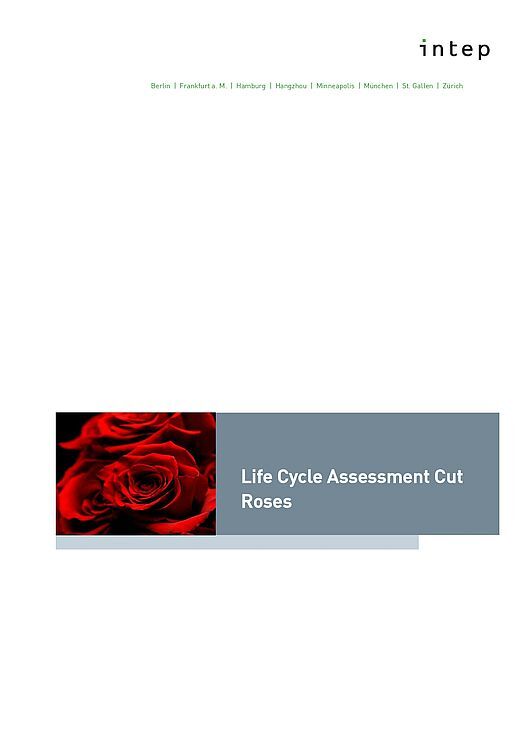Life cycle assessment of cut roses: Analysing the environmental impacts of Fairtrade (Kenya) and conventional (Netherlands) production systems
Published: 6 Feb 2024

Fairtrade Max Havelaar Switzerland and the Migros-Genossenschafts-Bund (MGB) commissioned a study to determine the environmental effects of cut roses of different origins and production systems. This is a follow-up to a similar 2018 study, aiming to measure updated production practices and impacts.
A total of three production systems are compared:
- Fairtrade roses from Kenya transported by plane;
- Fairtrade roses from Kenya transported by ship;
- Average roses from the Netherlands.
In addition, Dutch production using renewable conventional roses from the Netherlands produced with renewable energy (geothermal heat).
The analysis takes into account three stages of production, packaging, and transport of roses to Switzerland. For Fairtrade roses, production data were collected directly from five Fairtrade producer organisations in Kenya.
The environmental indicators analysed are:
- Cumulative energy demand
- Greenhouse gas emissions
- Water scarcity
- Biodiversity loss through land use
- Terrestrial acidification
- Marine and freshwater eutrophication (plant/algae growth due to accumulation of nutrients in water bodies)
The study found that Fairtrade roses from Kenya show comparatively lower environmental impacts for all indicators analysed. Comparing sea freight to air transport, the roses transported by sea freight show the least environmental impact, particularly with lower greenhouse gas emissions and lower cumulative energy demand.